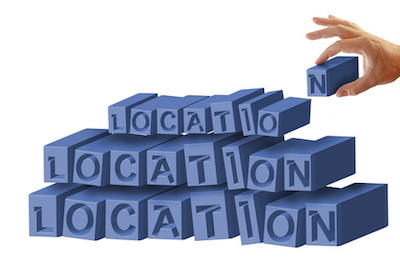With most home purchases, you buy it, bring it home, and put it someplace convenient with little thought. A new appliance may be placed on your countertop, or stuffed into a cupboard.
But a piano is a little more difficult to maneuver. When you bring it home, it’s going to take up a lot of space. If your home is crowded, you may move a table, or wedge your new piano between a couple of pieces of furniture. That’s the beauty of an upright piano – it takes up less space. Why not place it anywhere?
There are good reasons why you should pay attention to placement. When deciding where to put your upright piano, keep in mind that placement has a huge impact on sound, how much you play the piano, as well as overall condition. If you want your piano to last for years, and want to give yourself the best chance of regular playing, keep these tips in mind.
Uprights belong next to a wall – this may seem obvious – most people buy uprights to save space – but it is the best placement for an upright. It helps control sound. It also helps regulate temperature. An inside wall is better than one outside to ensure the temperatures stay the same. Cool air or a changing air supply can cause the wood to expand and contract, leaving your piano vulnerable to cracks and changes.
Uprights should stay away from windows and vents – placing your piano near the window can allow sunlight to fade and warp the various components of your piano. It can also allow cold, drafty air to impact the tonal quality of the piano. Pianos are best kept in areas where changes in temperature and air supply are at a minimum, to fully protect wood, metal, and other parts from corroding or breaking.
Acoustics change based on placement – sticking your upright piano in a corner, surrounded by other furniture, may seem like the best choice, but it might not be the best placement for high quality sound output. Every room has its own acoustic properties. Vaulted ceilings can make the sound echo; too much furniture may dull the sound. Play with placement to find an area that brings out a rich quality that entices you to play more.
Playability – nobody likes sitting in a corner, hidden from view. Tuck your upright piano away and you may find yourself never wanting to play. Uprights don’t take as much room as grand pianos; bring it out to be included in your room design. Make it a welcome part of your environment, and you’ll be more likely to play it.
Have more questions about where to put your upright piano? Just ask. We’re happy to help.



